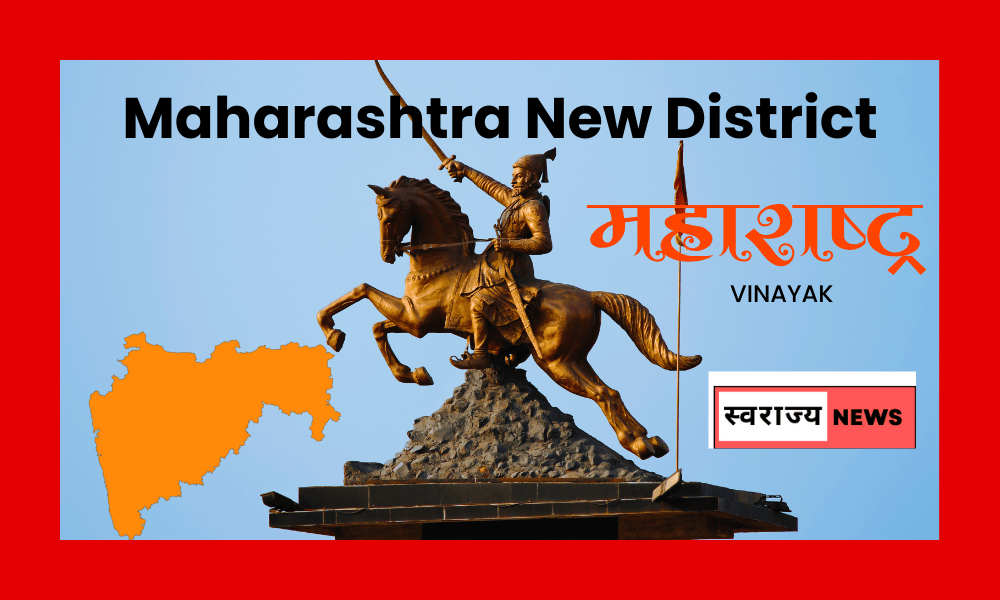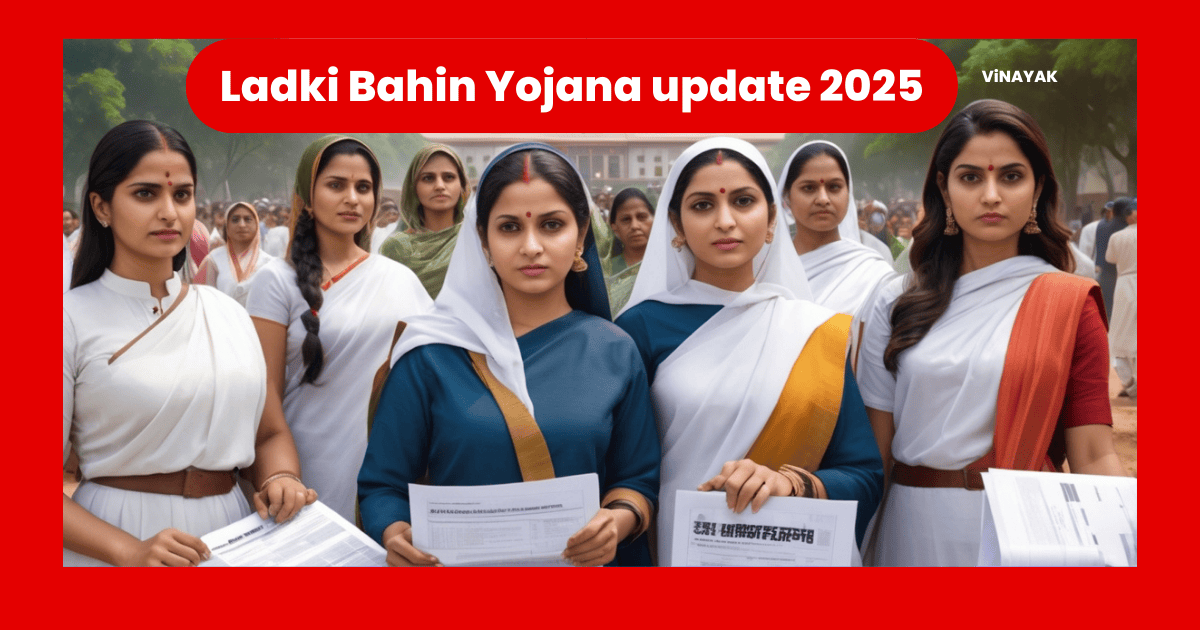Will Maharashtra Have 21 New Districts? Which Are the Proposed New Districts?
A Historic Step in Maharashtra’s Administrative Transformation
Maharashtra, In December 2023, during the winter session of the Maharashtra Legislative Assembly held in Nagpur, the discussion about the creation of new districts in the state gained momentum. The then Revenue Minister, Radhakrishna Vikhe Patil, had clarified that there was no immediate plan to create new districts. However, the situation has now changed, and a proposal to create 21 new districts has reached its final stages. An official announcement is expected on January 26, 2025.
The creation of these new districts is expected to simplify administration and accelerate local development. This decision will mark a significant change in Maharashtra’s administrative and developmental framework.

Existing Districts in Maharashtra and Their History
Maharashtra was established on May 1, 1960, with 26 initial districts. Over time, new districts were created based on administrative and developmental needs, leading to the current count of 36 districts. The history of district creation in Maharashtra is as follows:
- 1981: Jalna and Sindhudurg districts were created.
- 1982: Latur and Gadchiroli districts were added.
- 1990: Mumbai Suburban district was established.
- 1998: Washim and Nandurbar districts were created.
- 1999: Hingoli and Gondia districts were established.
- 2014: Palghar district was formed by dividing Thane district.
Palghar remains the newest district in Maharashtra. No new districts have been created since 2014. However, the administrative and developmental needs have now necessitated the creation of additional districts.
Which New Districts Are Proposed?
The state government has proposed 21 new districts based on administrative requirements. These proposed districts are as follows:
Marathwada Region:
- Udgir: Formed by combining parts of Latur and Nanded districts.
- Ambajogai: A new district carved out of Beed district.
- Kinwat: A new district proposed to emerge from Nanded district.
Western Maharashtra:
- Mandesh: Encompassing parts of Sangli, Satara, and Solapur districts.
- Baramati: A significant new district proposed by dividing Pune district.
Vidarbha Region:
- Khamgaon: Created by dividing Buldhana district.
- Pusad: A new district from Yavatmal.
- Achalpur: Formed by splitting Amravati district.
- Sakoli: A new district emerging from Bhandara.
- Aheri: Proposed to be carved out of Gadchiroli.
Konkan Region:
- Mahad: A new district formed by dividing Raigad.
- Mandangad: Proposed by splitting Ratnagiri.
- Jawhar: Formed by dividing Palghar district.
Northern Maharashtra:
- Malegaon: Proposed by splitting Nashik district.
- Kalwan: Another new district from Nashik.
- Bhusawal: Formed by dividing Jalgaon district.
Mumbai Metropolitan Region:
- Mira-Bhayandar: Proposed by splitting Thane district.
- Kalyan: Another new district to emerge from Thane.
Why Is There a Need for New Districts?
Improved Administration:
With smaller districts, governance becomes more efficient. It allows for quicker decision-making and easier access for citizens to administrative services.
Accelerated Local Development:
New districts facilitate the development of infrastructure, leading to faster economic and social growth. The local administration can focus more on addressing specific regional challenges.
Addressing Citizen Issues:
Closer administrative centers reduce travel time and costs for citizens seeking services. This proximity also enables quicker redressal of grievances.
Economic Boost:
The creation of new districts can lead to job creation, attract local investments, and encourage small businesses, giving a significant push to the regional economy.
Strengthening Local Governance:
New districts empower local governance structures, making them more accountable and effective in meeting the needs of citizens.
Challenges in Creating New Districts
Creating new districts is a complex process that involves substantial financial investment. On average, the creation of a single district costs around ₹350 crores. This cost includes setting up administrative headquarters, constructing government buildings, and recruiting staff.
Additionally, determining the headquarters for a new district often sparks political and social debates. Resolving these conflicts while addressing the expectations of local communities is a significant challenge.
More information :
Conclusion
The proposal to create 21 new districts in Maharashtra represents a historic milestone in the state’s administrative evolution. This decision is expected to bring about efficient governance and foster development at the grassroots level. Despite the financial challenges, this move is poised to strengthen Maharashtra’s overall growth trajectory.
January 26, 2025, could mark a significant turning point in Maharashtra’s administrative history. What are your thoughts on this decision? Share your opinions in the comments below.



